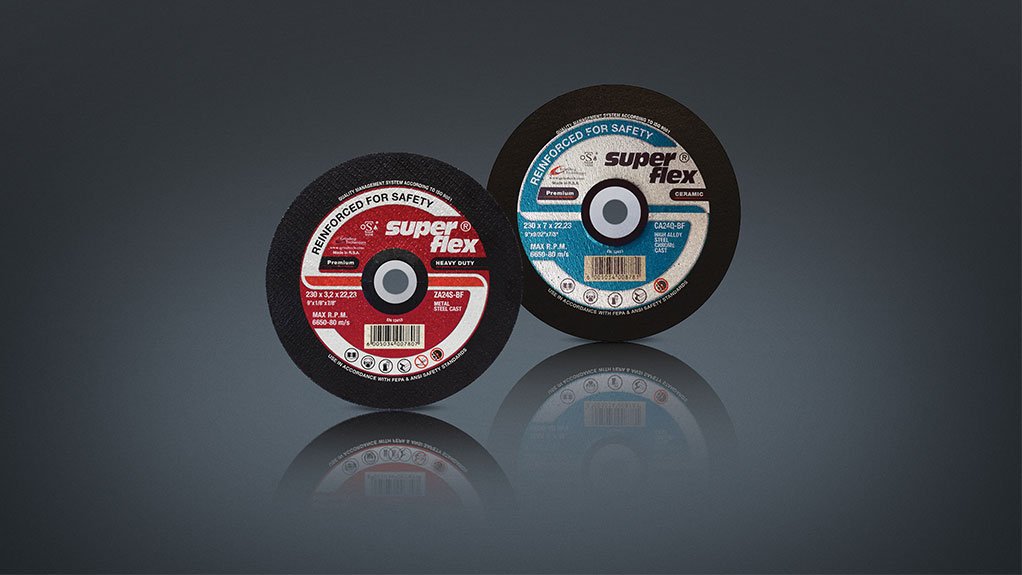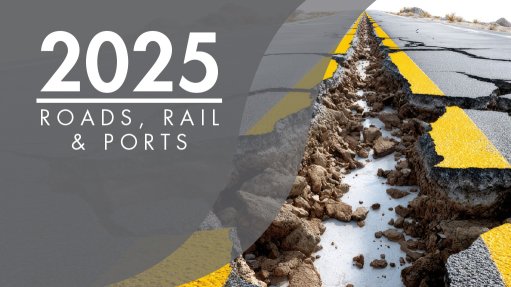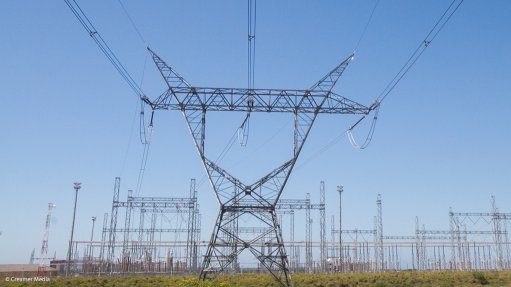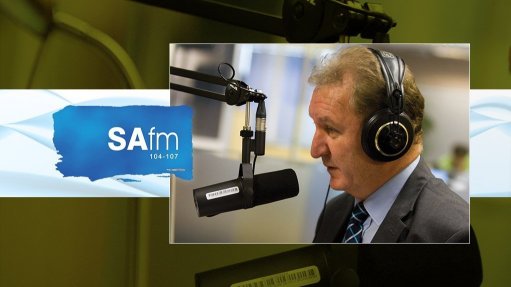Choosing the right abrasives for different substrates with Grinding Techniques
Abrasives, primarily categorised as either bonded or coated, are materials used to wear away or polish surfaces through friction.
Bonded abrasives include cutting and grinding discs manufactured with abrasive grains embedded in a matrix of bonding materials, where coated abrasives, such as sandpaper or sanding discs, consist of abrasive grains adhered to a specific backing material.
With any application, it is crucial to understand the interaction between the abrasive product and the workpiece’s surface, or substrate. Choosing the correct product for the application is key, as it can significantly impact the quality of finish and its durability.
Abrasives include a variety of different materials ranging from aluminium oxide, silicon carbide and zirconia alumina, to diamond, each posing their own properties for effective applications on various substrates.
In general, when considering abrasive materials, the harder the surface, the more robust the abrasive mineral should be. When it comes to grit sizes, these usually vary from low to coarse, which determines the coarseness or fineness of the abrasive, where coarser grits (for example, 40 to 60 grit) are used for heavy material removal, while finer grits (for example, 120 to 200 grit) are used for finishing and polishing.
For coated abrasives, there are a range of different backings available, such as paper, cloth or film, which determines the overall flexibility and durability of the product. For rigorous applications demanding a more durable product, coated abrasives with a cloth backing is usually chosen.
With bonded abrasives, performance and longevity of the product is determined by the type of bonding agent used, be it resin or vitrified. Resin bonds will provide more flexibility, while vitrified bonds offer higher rigidity and durability.
Considering the type of substrate for the best possible results is also very important.
Ferrous metals like steel and iron require abrasives with a hard grain and durable bond like aluminium oxide, commonly used owing to its strength and longevity properties. For heavier grinding tasks, zirconia alumina is ideal for offering superior cutting efficiency with the ability to handle high heat without breaking down.
For applications on stainless steel, it is important to choose abrasives that are able to resist clogging whilst providing a clean finish. Ceramic alumina or zirconium abrasives are well-suited for this purpose owing to their self-sharpening properties and resistance to heat.
Grinding Technique’s Superflex range carries a variety of abrasives specifically manufactured free from iron, sulphur and chlorine designed for stainless steel to avoid contamination that could lead to corrosion.
When working on wood substrates, it is important to distinguish between soft woods, like pine, and hardwoods, like oak or maple.
Aluminium oxide abrasives with a lower grit size such as 60 or 80 will be more than effective for this substrate as the coarser grit removes material quickly, and it is less likely to clog when compared to finer grits.
Finer grits such as 120 or 150 is more suited to hardwoods as the finer abrasive provide a smoother finish, minimising the risk of scratching the wood surface.
Acrylic and polycarbonate substrates require abrasives that minimise heat build-up and prevent melting or deformation. Silicon carbide abrasives are preferred owing to their sharpness and ability to cut without excessive heat generation. It is recommended to use finer grits to achieve a smooth, polished finish.
For fiberglass substrates, abrasives with high cutting abilities and durability should be used.
While silicon carbide can also be effective for these applications, care should be taken to ensure that the abrasive is suitable for the specific type of fiberglass to avoid premature wear and tear.
When it comes to glass, we recommend using diamond abrasives or diamond–coated tools for applications on tempered glass, as diamond abrasives are extremely hard, which enables them to handle the toughness of tempered glass without causing chips or cracks. For annealed glass, silicon carbide is very effective for grinding and smoothing, offering a good balance between cutting efficiency and finish quality.
Concrete surfaces require abrasives with the ability to withstand the toughness of concrete providing effective surface preparation or grinding, and will also benefit from the use of diamond abrasives or abrasives with a high level hardness, such as silicon carbide.
Similar to concrete, brick and stone will also be suited to diamond abrasives due to its ability to handle the abrasive nature of these materials. They offer long-lasting performance and precise results.
Choosing the right abrasive product for different substrates is essential for achieving efficient, high-quality results. By understanding the properties of various abrasives and their compatibility with different materials, you can select the most appropriate product for your application. Consider the substrate type, abrasive material, grit size, backing material and operating conditions to ensure optimal performance and longevity of your abrasive tools. With the right choice, you can enhance productivity, improve surface quality and achieve professional-grade results.
Secure your supply today: +27 11 271 6400| info@grindtech.com| www.grindtech.com
Article Enquiry
Email Article
Save Article
Feedback
To advertise email advertising@creamermedia.co.za or click here
Comments
Announcements
What's On
Subscribe to improve your user experience...
Option 1 (equivalent of R125 a month):
Receive a weekly copy of Creamer Media's Engineering News & Mining Weekly magazine
(print copy for those in South Africa and e-magazine for those outside of South Africa)
Receive daily email newsletters
Access to full search results
Access archive of magazine back copies
Access to Projects in Progress
Access to ONE Research Report of your choice in PDF format
Option 2 (equivalent of R375 a month):
All benefits from Option 1
PLUS
Access to Creamer Media's Research Channel Africa for ALL Research Reports, in PDF format, on various industrial and mining sectors
including Electricity; Water; Energy Transition; Hydrogen; Roads, Rail and Ports; Coal; Gold; Platinum; Battery Metals; etc.
Already a subscriber?
Forgotten your password?
Receive weekly copy of Creamer Media's Engineering News & Mining Weekly magazine (print copy for those in South Africa and e-magazine for those outside of South Africa)
➕
Recieve daily email newsletters
➕
Access to full search results
➕
Access archive of magazine back copies
➕
Access to Projects in Progress
➕
Access to ONE Research Report of your choice in PDF format
RESEARCH CHANNEL AFRICA
R4500 (equivalent of R375 a month)
SUBSCRIBEAll benefits from Option 1
➕
Access to Creamer Media's Research Channel Africa for ALL Research Reports on various industrial and mining sectors, in PDF format, including on:
Electricity
➕
Water
➕
Energy Transition
➕
Hydrogen
➕
Roads, Rail and Ports
➕
Coal
➕
Gold
➕
Platinum
➕
Battery Metals
➕
etc.
Receive all benefits from Option 1 or Option 2 delivered to numerous people at your company
➕
Multiple User names and Passwords for simultaneous log-ins
➕
Intranet integration access to all in your organisation
























